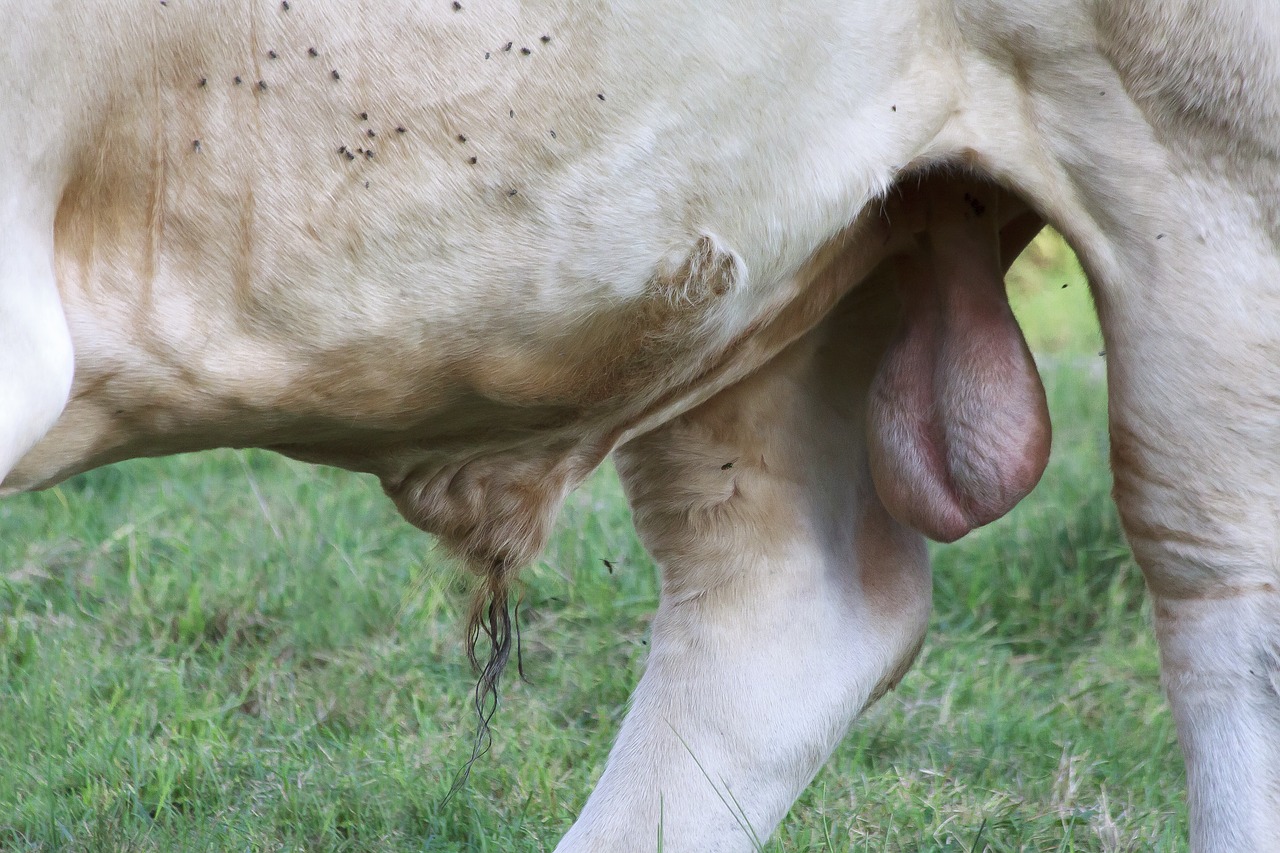Ever wonder about the future fertility of children born with birth defects? As a urologist, I’ve treated hundreds of boys with two common birth defects: undescended testicles and hypospadias. Throughout my career, it’s been hard to address the question of a boy’s future fertility with these conditions. Until now.
Missing in Action
Birth defects occur in 3% of U.S. newborns. And, believe it or not, 4000conditions have been described. Among the most common are undescended testicles (2% of newborns) in which either or both testicles fail to drop into the corner pocket of the scrotum, and hypospadias (1/200) in which the urethra or urine tube isn’t located at the tip of the penis, but along its underside instead. Both are surgically correctable for the most part. Given that both conditions affect the reproductive organs, you might guess that they might have an impact on fertility later in life.
I published a paper years ago looking at the fertility implications of urological congenital anomalies and at that time, there simply wasn’t much known about it. Given the rapid rise of IVF, however, it made sense to review the field because if sperm exists anywhere nowadays, then fertility is possible.
What’s Up Down Under
One of the best studies on this topic was just published. It followed all liveborn boys (350,000+!) in Western Australia for almost 50 years, well into adulthood. They tracked boys with undescended testicles and hypospadias and examined subsequent cancer, fertility and infertility rates (as assessed by use of IVF). That’s a lotta tracking of a lotta boys over a lotta time.
In a nutshell, here’s what they found:
- Undescended testicles had a 2.4-fold increased risk of testicular cancer
- Males with hypospadias had a possible increase in testicular cancer
- Both conditions were associated with a 21% reduction in paternity
- Undescended testes were associated with a 2.2-fold increase in IVF use
This study is simple, powerful, large, and population-based. Importantly, they examined “real-deal” outcomes, actual paternity, and not just sperm counts. The findings in cases of undescended testicle align with our current understanding of its effects. The hypospadias findings are new, insightful and significant. The granularity of the observations is also more than we’ve ever had. And this is where good science informs and changes how we practice medicine.
This article first appeared on Dr. Turek’s blog
Photo credit: Pixabay.com




